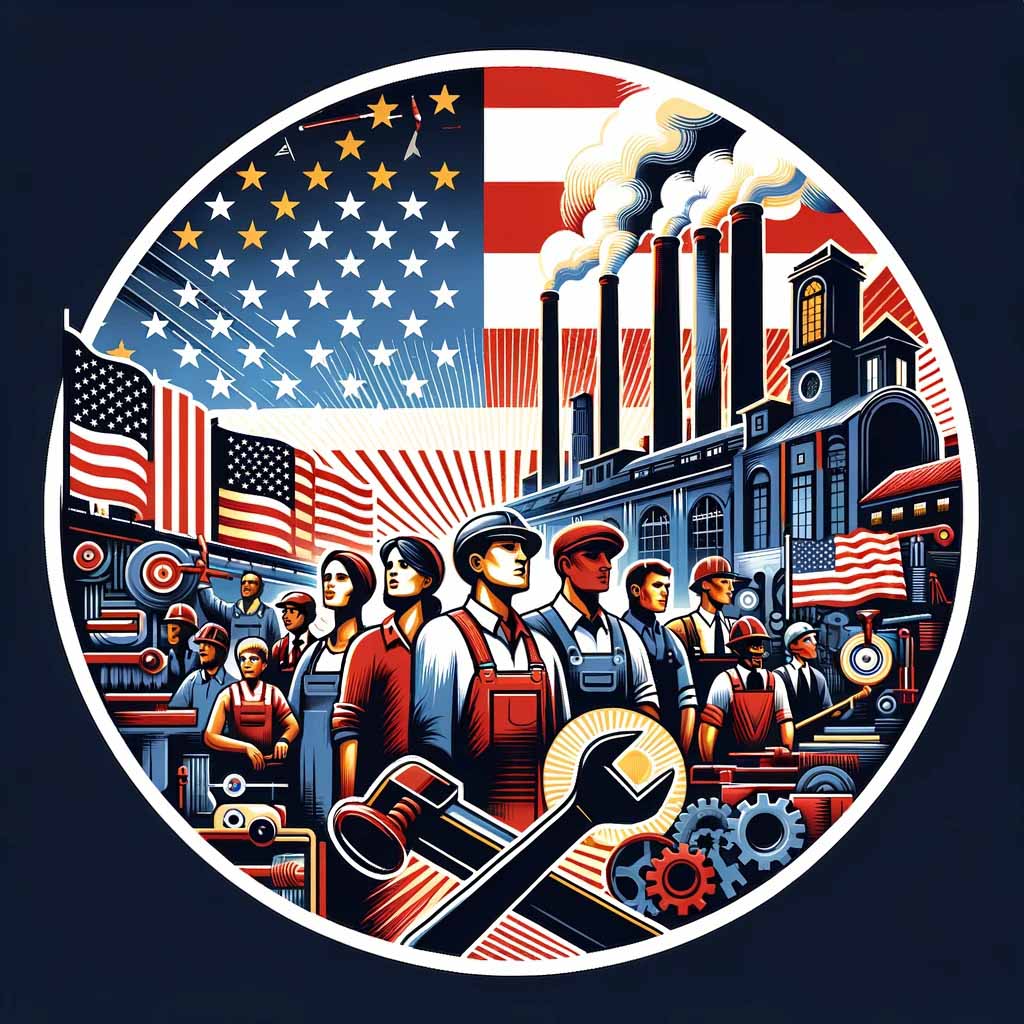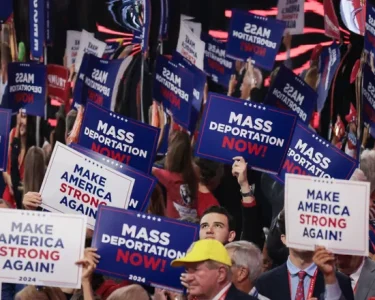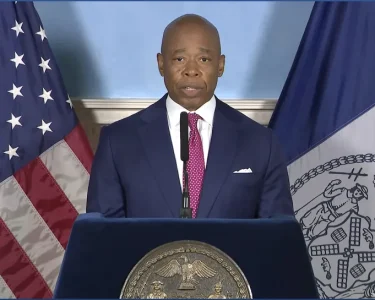As the United States gears up to celebrate Labour Day 2024, it’s important to reflect on the historical significance of this holiday and the American labor movement that shaped it.
Labour Day, observed on the first Monday of September, is more than just a long weekend; it’s a day to honor the contributions and sacrifices of workers who fought for fair wages, reasonable working hours, and safer working conditions.
Here are 11 essential facts you need to know about the American labor movement and its enduring impact on society.

1. Origins of Labour Day: A Tribute to the Workers
Labour Day was first celebrated on September 5, 1882, in New York City. Organized by the Central Labor Union, it was a day for workers to come together and voice their demands for better working conditions. The idea quickly spread, and by 1894, Labour Day had become a federal holiday, recognized nationwide.
2. The Role of the Industrial Revolution
The American labor movement gained momentum during the Industrial Revolution, a period marked by rapid industrialization and harsh working conditions. Workers often toiled for 12 to 16 hours a day, six days a week, in unsafe environments. The rise of factories and mass production highlighted the need for workers’ rights, leading to the formation of labor unions.
3. The Power of Labor Unions
Labor unions played a crucial role in advocating for workers’ rights. The American Federation of Labor (AFL), founded in 1886, became one of the most influential unions in the country. Led by Samuel Gompers, the AFL focused on securing higher wages, shorter workdays, and safer working conditions for its members.
4. The Haymarket Affair: A Turning Point
The Haymarket Affair of 1886 was a pivotal event in the history of the American labor movement. A peaceful protest in Chicago advocating for an eight-hour workday turned violent after a bomb exploded, killing several police officers and civilians. The incident led to a crackdown on labor unions but also intensified the fight for workers’ rights.
5. The Impact of the Pullman Strike
The Pullman Strike of 1894 was another significant event in the labor movement. Workers at the Pullman Company in Chicago went on strike to protest wage cuts and poor living conditions. The strike led to a nationwide boycott of Pullman cars, disrupting rail traffic across the country. The federal government intervened, and the strike was eventually broken, but it highlighted the growing power of labor unions.
6. Child Labor Laws: A Milestone Achievement
One of the most important victories of the labor movement was the establishment of child labor laws. In the late 19th and early 20th centuries, it was common for children as young as five to work in factories, mines, and mills. The labor movement’s advocacy led to the passing of the Fair Labor Standards Act in 1938, which set minimum age requirements and restricted the number of hours children could work.
7. The New Deal and Workers’ Rights
The Great Depression of the 1930s was a challenging time for American workers, but it also led to significant reforms. Under President Franklin D. Roosevelt’s New Deal, the National Labor Relations Act (Wagner Act) was passed in 1935, guaranteeing workers the right to form unions and engage in collective bargaining.
8. Women in the Labor Movement
Women have always been an integral part of the American labor movement. During World War II, millions of women entered the workforce, filling jobs traditionally held by men. The Women’s Trade Union League, founded in 1903, fought for women’s labor rights and played a key role in advocating for equal pay and better working conditions.
9. The Rise of the CIO
The Congress of Industrial Organizations (CIO), formed in 1935, was another major player in the labor movement. Unlike the AFL, which focused on skilled workers, the CIO organized industrial workers, including those in steel, automotive, and mining industries. The CIO’s efforts helped to improve wages and working conditions for millions of American workers.
10. Labor Day Parades: A Celebration of Solidarity
Labour Day parades have become a tradition in many American cities, symbolizing the solidarity and strength of the labor movement. These parades, often featuring union members, workers, and community leaders, celebrate the achievements of the labor movement and serve as a reminder of the ongoing fight for workers’ rights.
11. Labour Day 2024: Reflecting on Progress
As we observe Labour Day 2024, it’s important to reflect on the progress made by the American labor movement. While many of the issues that sparked the movement have been addressed, new challenges continue to emerge. The rise of the gig economy, the fight for a living wage, and the push for better workplace protections are just a few of the issues facing workers today.
Labour Day is a time to honor the achievements of the American labor movement and recognize the ongoing efforts to protect workers’ rights. As we enjoy the holiday, let us remember the sacrifices made by those who came before us and continue to support the fight for fair and just working conditions for all.
For more insights into the latest developments in labor rights and other important topics, visit Digital Digest.




